Cucumber is one of the most popular vegetable crops in Russia, cultivated by every summer resident. In the Register of selection achievements to date, about one and a half thousand varieties are registered. Navigate in such a variety is quite difficult. To help choose the best varieties of cucumbers for different growing conditions is the task of this material.
Material Content:
- 1 The best varieties of cucumbers for greenhouses and greenhouses
- 2 Self-pollinated varieties of vegetables for open ground
- 3 The best early ripe cucumbers
- 4 Mid-season high-yielding varieties of cucumbers
- 5 Late ripening vegetables
- 6 For growing in Siberia
- 7 Varieties for the Urals
- 8 High-yielding cucumbers for the suburbs
- 9 Varieties of cucumbers for growing on the windowsill
- 10 Secrets to increasing the yield of cucumbers
The best varieties of cucumbers for greenhouses and greenhouses
The earliest harvests of cucumbers in most Russian regions can only be obtained in protected ground.
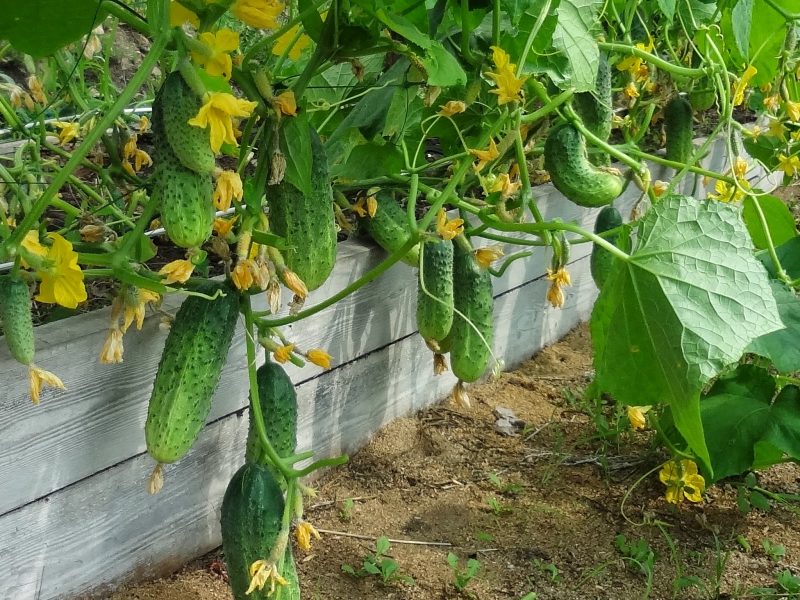
The conditions in greenhouses and greenhouses are significantly different from street conditions, so greenhouse varieties have their own characteristics:
- Limited lateral branching. This makes it easy to control the degree of plant thickening and to avoid outbreaks of fungal diseases in conditions of high humidity and inadequate ventilation.
- The ability to form ovaries without pollination. In closed greenhouses, where there is no access to bees, this property helps to do without manual pollination.
- Shade tolerance. In greenhouses, plants receive less sunlight, especially with tight plantings.
- Immunity to common diseases. Infections in greenhouses develop at lightning speed, so plants must have strong immunity.
The following varieties of cucumbers for the greenhouse correspond to all of these conditions:
| Title | Category | Appointment | general characteristics |
|---|---|---|---|
| Diamond | F1 | universal | Indeterminate Hybrid. In each node forms 2-3 ovaries.Zelenets is medium tuberous, with spikes and pubescence, cylindrical. Productivity is 18.3 kg per 1 m2. |
| Zozulya | F1 | salad | Highly productive hybrid with a yield of up to 20 kg from 1 m2. Zelentsy are long, over 20 cm. Most of the flowers are female. |
| Kosinsky | F1 | salad | The new hybrid, tying the fruit in bunches. Zelentsy grow up to 10-12 cm, are not bitter. Productivity is 20-22 kg from 1 m2. |
| Marinda | F1 | universal | A hybrid that forms coarse-green strong greenery, genetically without bitterness. Lateral branching is average, with good care, the ovaries are formed according to the bouquet type. Productivity reaches 25 kg from 1 m2. |
The described hybrids belong to the parthenocarpic category. They form an ovary without pollination, in which case their fruits are seedless.
Self-pollinated varieties of vegetables for open ground
Often negative conditions for pollination occur when growing on beds. Bad weather does not contribute to the active flight of bees, therefore, in regions with cool summers and frequent rains, it is better to select varieties of cucumbers that are capable of self-pollination.
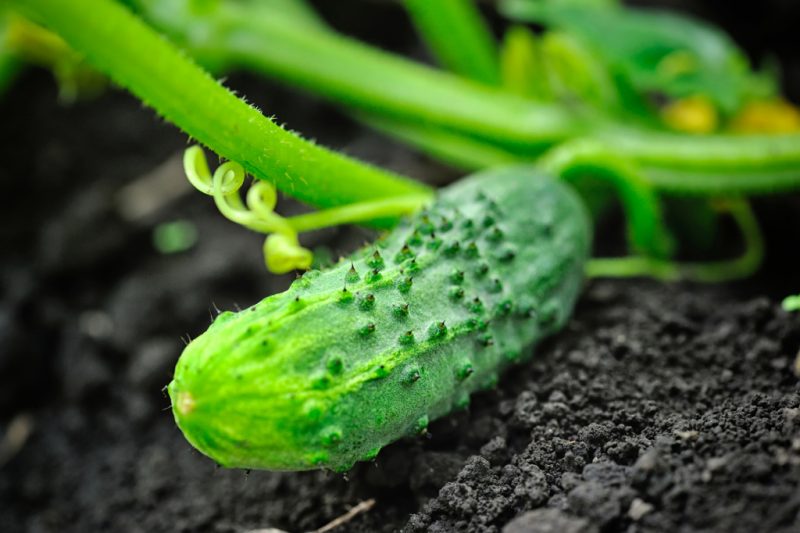
Self-pollinated varieties of cucumbers for open ground lay bisexual flowers, bearing both stamen and pestle, like a tomato. Thanks to this, it is possible to get a crop even in bad weather.
Among the cucumbers with this ability, we can name the following:
| Title | Category | Appointment | general characteristics |
|---|---|---|---|
| Prestige | F1 | universal | An indeterminate hybrid forming gherkins with small seeds. The structure of the fruit is dense, suitable for salting. Stretched fruiting. |
| Connie | F1 | universal | Strong-growing gherkin hybrid. Zelentsy with white soft pubescence, juicy, not bitter, do not contain voids. The ovaries are formed according to the bouquet type. Stretched fruiting. |
| Gerda | F1 | pickling | A tall plant in short striped, white-spiked greenery. Gherkins are formed according to the bouquet type, do not outgrow. |
| Crispin | F1 | pickling | An early ripe hybrid from the Netherlands, which has excellent immunity to a complex of diseases. Forms gherkins, free from bitterness, in a bouquet type. |
The final yield of self-pollinated cucumbers depends on the soil, weather in spring and summer, and on the level of agricultural technology. On average, from 1 m2 you can get 15-18 kg of fruits.
The best early ripe cucumbers
You can get early harvests not only in the greenhouse, but in the garden. Specific dates will vary by region. In the south, where cucumbers can be sown in the garden in mid-May, the first greenbacks will appear in mid-June. In the middle lane, sowing in open ground is possible only by the end of spring, so the beginning of fruiting will shift to the beginning of July.
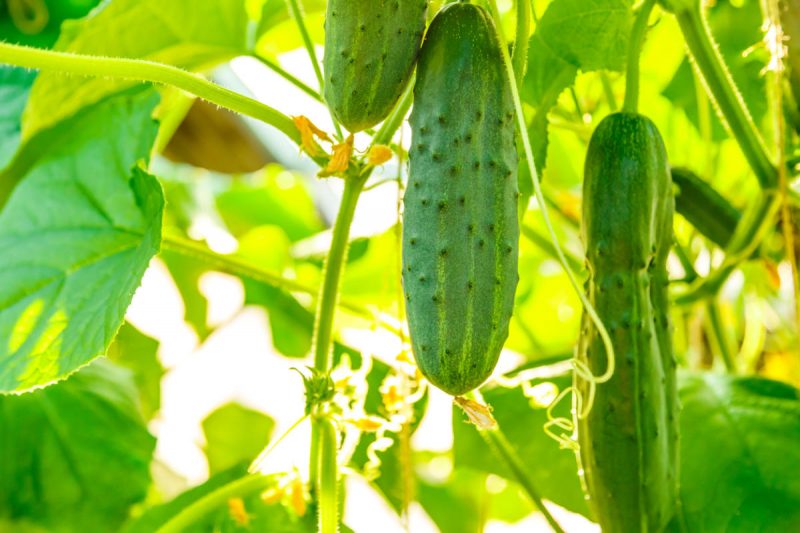
The most precocious varieties of cucumber form the first fruits within 30-45 days after the appearance of seedlings.
Among them are especially popular:
| Title | Type of pollination | Date of fruiting | general characteristics |
|---|---|---|---|
| Faithful Friends F1 | bee pollinated | 35-37 days | Hybrid for beds and shelters, indeterminate, with weak branching. Tie the fruit in bunches. Zelentsy short, black-spiked, suitable for salting. |
| Altai | bee pollinated | 35-38 days | High-yielding pickling variety suitable for soil and greenhouse cultivation. Zelentsy good taste, not bitter, medium size 10 cm. Immunity to diseases is high. |
| Muromsky 36 | bee pollinated | 32-42 days | An old pickling variety that has not lost its relevance. Zelentsy have a classic “Russian shirt” with rare black spikes. Harvest gives together, until mid-August. |
| April F1 | parthenocarpic | 40-45 days | Cold-resistant hybrid, long-fruited, salad purpose. Zelentsy up to 25 cm, do not turn yellow, have excellent taste. |
When choosing cucumbers of an early ripening period, one must take into account their biological peculiarity: such plants quickly and amicably yield crops, and then dry. To have fresh vegetables on the table until the fall, you should not rely only on this group of varieties.
Mid-season high-yielding varieties of cucumbers
Mid-season cucumber varieties “swing” longer at the start, but bear fruit longer. Therefore, their final yield may be higher than that of early varieties.
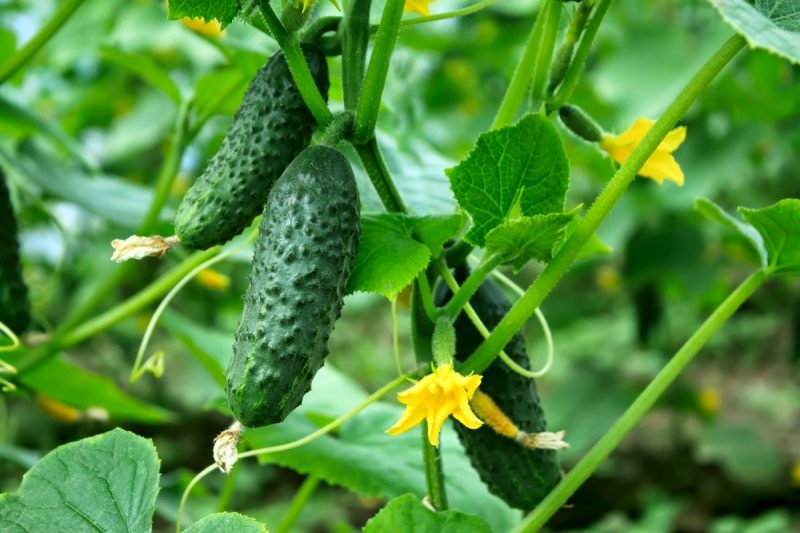
The following mid-ripening cucumbers deserved excellent reviews of summer residents:
| Title | Type of pollination | Date of fruiting | general characteristics |
|---|---|---|---|
| Son-in-law F1 | parthenocarpic | 46-48 days | A powerful plant with medium branching and high-quality gherkins. It is not affected by powdery mildew, does not outgrow. The purpose is universal. |
| Abundant F1 | bee pollinated | 50-52 days | Medium-sized pickling hybrid, valued for high productivity. Forms Zelentsy 8-14 cm in the beam type. Resistant to disease. |
| Farmer F1 | bee pollinated | 50-55 days | Long-indeterminate hybrid suitable for all cultivation conditions. Zelentsy universal purpose, productivity - up to 25 kg per 1 m2. Strong immunity to rot and viral infections. |
The listed hybrids can be grown in most Russian regions with the exception of areas of the far north.
Late ripening vegetables
Late ripe cucumbers are able to bear fruit until a steady autumn cooling, and when grown in greenhouses - to frost. As a rule, these are strong plants that give back the crop gradually (extended fruiting). Plants of this type include, for example, the famous cucumber Nezhinsky, leading its history from the XVIII century. It was repeatedly used in breeding work and gave rise to a number of high-yielding hybrids.
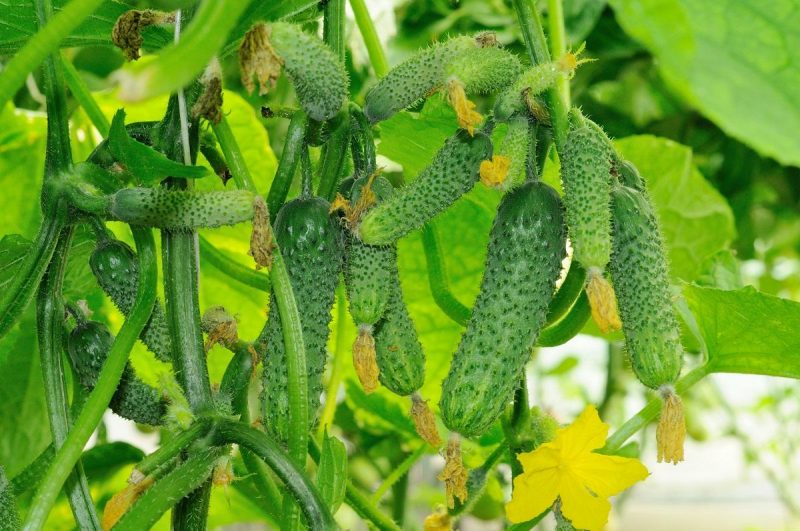
Among late-ripe cucumbers, the following varieties have proven themselves well:
| Title | Type of pollination | Date of fruiting | general characteristics |
|---|---|---|---|
| F1 effect | parthenocarpic | 59-70 days | A bush of indeterminate structure, knots 1-3 fruit in a knot. The fruits are long, up to 27 cm, glossy, of excellent taste. Suitable for extended turnover in greenhouses. |
| Hercules F1 | bee pollinated | 59-65 days | Hybrid with greenery in the form of a spindle, 15 cm long. Pubescence is rare, large tubercles. The purpose is universal, productivity reaches 30 kg per 1 m2. |
| Phoenix | bee pollinated | 60-65 days | A variety with exceptional immunity to downy mildew and other infections. The fruits are striped, short, with sparse white spikes, universal. |
Late ripe cucumbers are also good because they easily lend themselves to rejuvenation of the lashes. When they begin to age, the main stem is removed from the garter, lowered a little and dug in the bottom. Soon, additional roots will form, and the plant will give a new wave of fruiting.
For growing in Siberia
Modern approaches to agricultural technology allow you to grow any variety of cucumbers regardless of region. However, planting zoned varieties makes it possible to avoid unnecessary labor and headache.
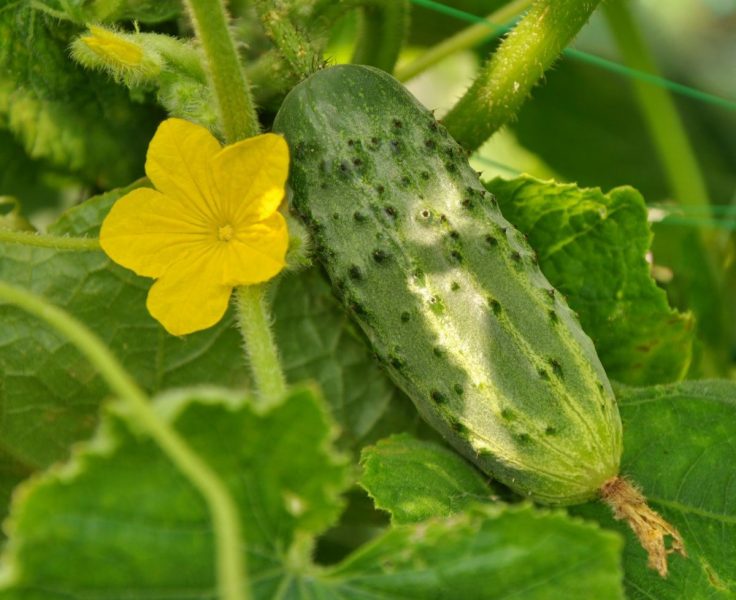
The following crop varieties are recommended for cultivation in Siberia by the Register of Selection Achievements:
- Ussuri 3 - bee-pollinated, universal purpose, for beds and film tunnels;
- Kamchatka F1 - bee-pollinated, universal, greenhouse;
- Muromsky 36 - bee pollinated, pickling, for soil cultivation;
- Vanguard - bee pollinating, pickling, for soil and greenhouse cultivation;
- Agafon F1 - parthenocarpic, pickling, bears fruit in any conditions;
- White Angel F1 - parthenocarpic, with a white shirt, lettuce, clay and greenhouse;
- Bourgeois F1 - parthenocarpic, salad, unpaved.
Siberia includes vast territories that differ greatly in soil and climatic conditions. Therefore, the recommendations are general in nature, and each particular variety may behave differently in the central and southern Siberian regions.
Varieties for the Urals
For cultivation in the Urals, it makes sense to contact the local selection company "Ural summer resident". Varieties and hybrids of cucumbers, bred by this agricultural company in conjunction with the Siberian Research Institute of Plant Production, give an excellent yield for the crop in this region.
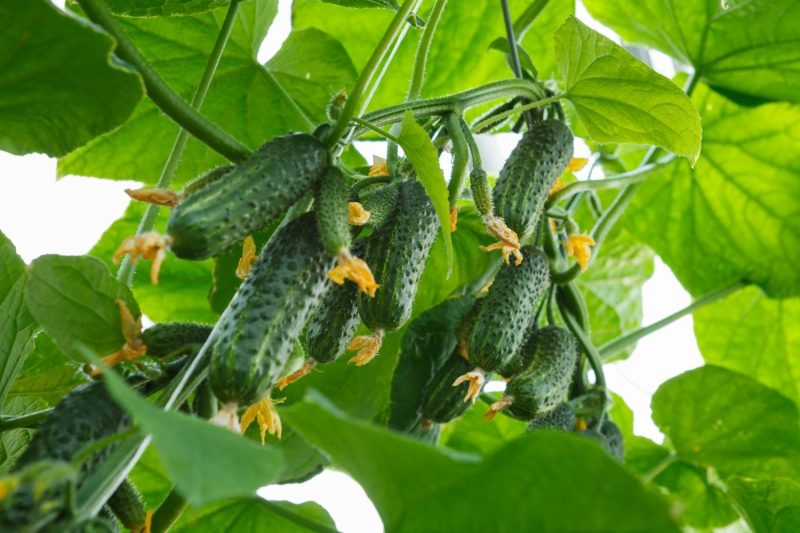
The following items have a great perspective:
- Fidelity F1 - superbunched early hybrid with increased cold resistance, for soil and greenhouse cultivation, yields crops in a short time;
- Vyugovey F1 - a self-pollinated universal beam hybrid, for any growing conditions;
- Homer F1 - a beam hybrid created by the Siberian Research Institute of Plant Industry, parthenocarpic, has unique cold resistance and disease resistance;
- F1 team - an early ripe hybrid created by the West Siberian Vegetable Experimental Station, parthenocarpic;
- MELS F1 - a unique ultra-precocious super-beam hybrid, gherkin, tying 5-7 greens in a knot;
- F1 loyalty is an active beam-branching hybrid for soil cultivation, highly immune to diseases, able to bring crops to frost.
In the Urals, it is quite possible to grow "non-native" varieties, including Dutch breeding - Marinda F1, Colet F1, Ajax F1.
High-yielding cucumbers for the suburbs
Cucumber is a traditional culture for the Moscow Region, so summer residents can afford to experiment with varieties.
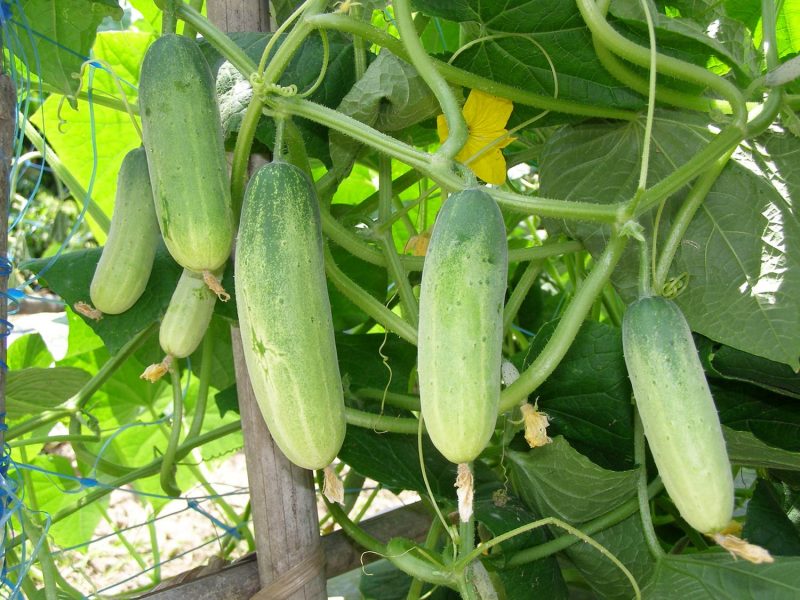
According to reviews, the following cucumbers show the highest yields in this region:
- Abundant - bee-pollinated, canning, for open ground and shelters;
- Pacto F1 - parthenocarpic, salad, greenhouse;
- Pasadena F1 - parthenocarpic, pickling, for open ground;
- Nugget - bee pollinated, pickling, for open ground and shelters;
- Aurora Borealis F1 - parthenocarpic, universal, for greenhouses;
- Carousel F1 - parthenocarpic, pickling, for open ground and shelters.
Practice shows that good yields in the suburbs also give varieties of the St. Petersburg selection - Lapland F1, Pike F1, Valaamsky F1, Suomi F1.
Varieties of cucumbers for growing on the windowsill
Experiments on the cultivation of cucumbers on the windowsill, as a rule, do not give amazing results. Harvest is usually quite modest, because the plants do not receive sunlight.
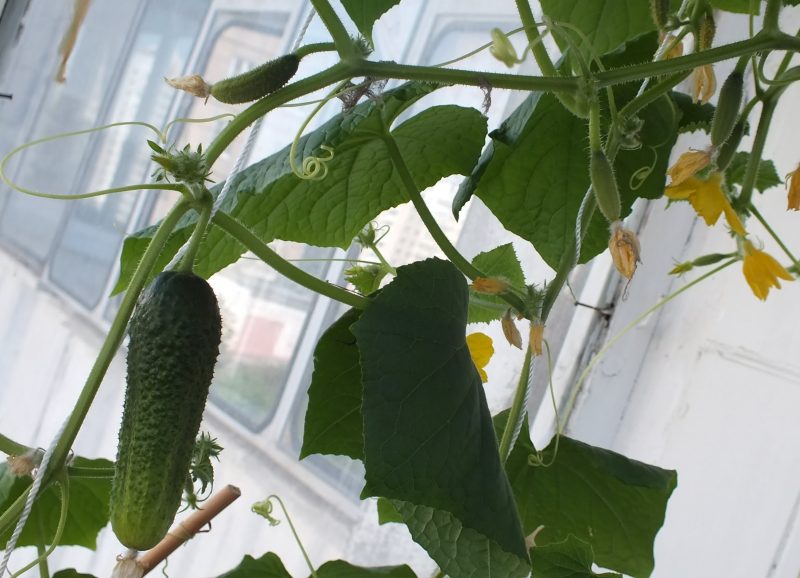
Sergey Dubinin, director of the SeDek agricultural firm, recommends using shade-hardy varieties for these purposes:
- Window-balcony F1;
- Russian style F1;
- Elizabeth F1.
Manul breeder Oleg Krylov recommends trying to grow hybrids on the windowsill Manul F1 and TLC 422 F1. A specialist in the selection of cucumbers of the agricultural company “Search” Olga Baklanova advises shade-tolerant hybrids Forward F1 and Faust F1.
Secrets to increasing the yield of cucumbers
Even the best varieties of cucumbers may not realize their genetic potential with poor care.
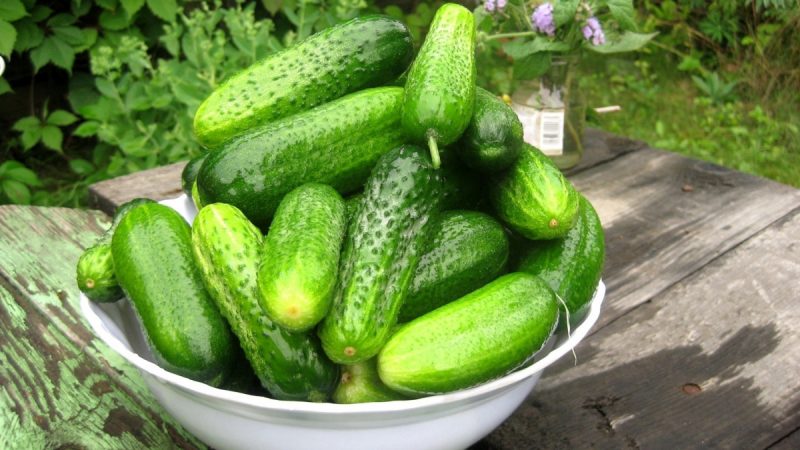
To get a decent crop, it is important to follow a number of rules:
- observe the temperature regime - cucumbers are very thermophilic;
- pour warm water with drip irrigation;
- timely feed cucumbers with infusion of mullein and ash infusion;
- periodically spray the whips with a solution of boric acid to stimulate flowering and the formation of ovaries;
- spud the main lash after the appearance of the 3rd true leaf;
- to collect Zelentsy in a timely manner, to prevent their overgrowth, so as not to inhibit the formation of new ovaries;
- correctly form and tie up the bush.
Selecting high-yielding varieties, combining them according to the ripening speed and observing a high level of agricultural technology, you can achieve excellent yields of cucumbers in any year, regardless of weather conditions.












